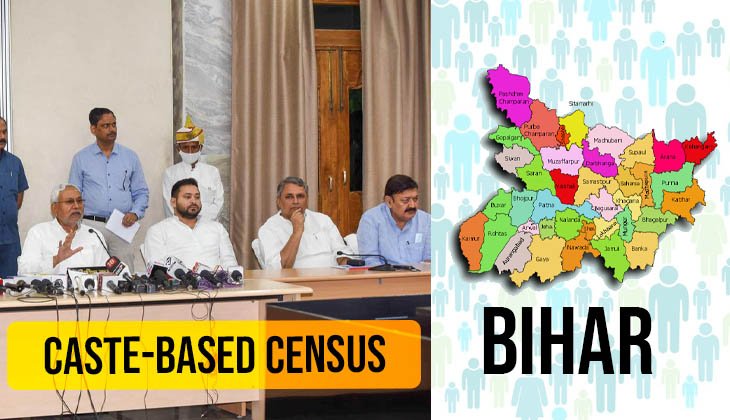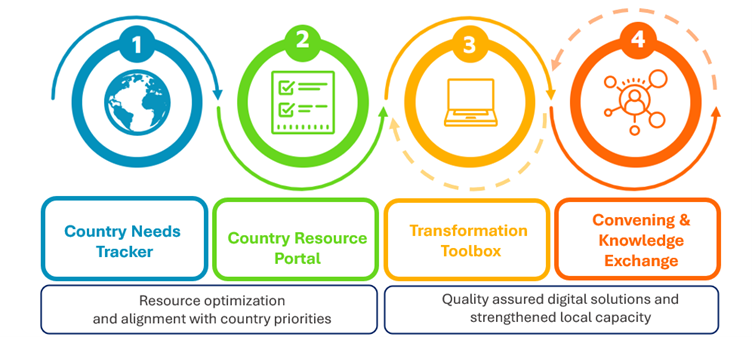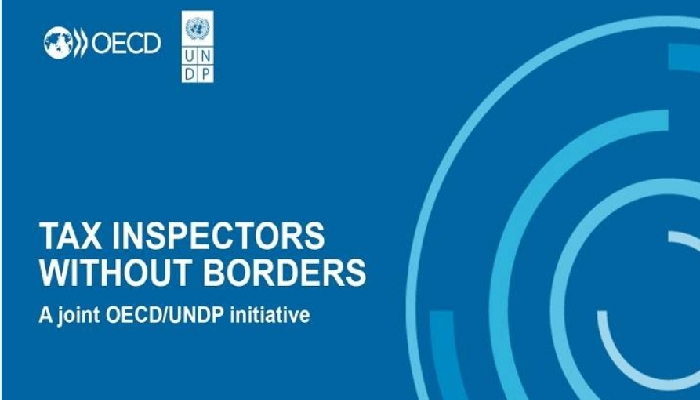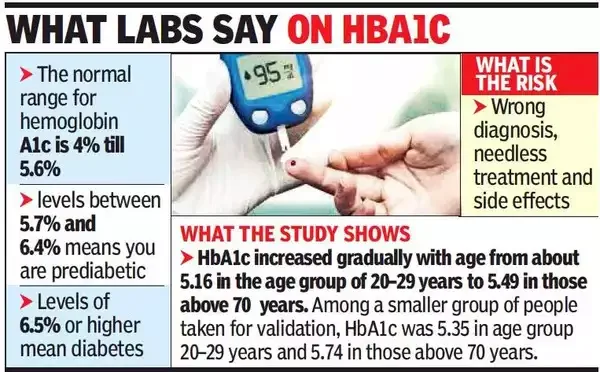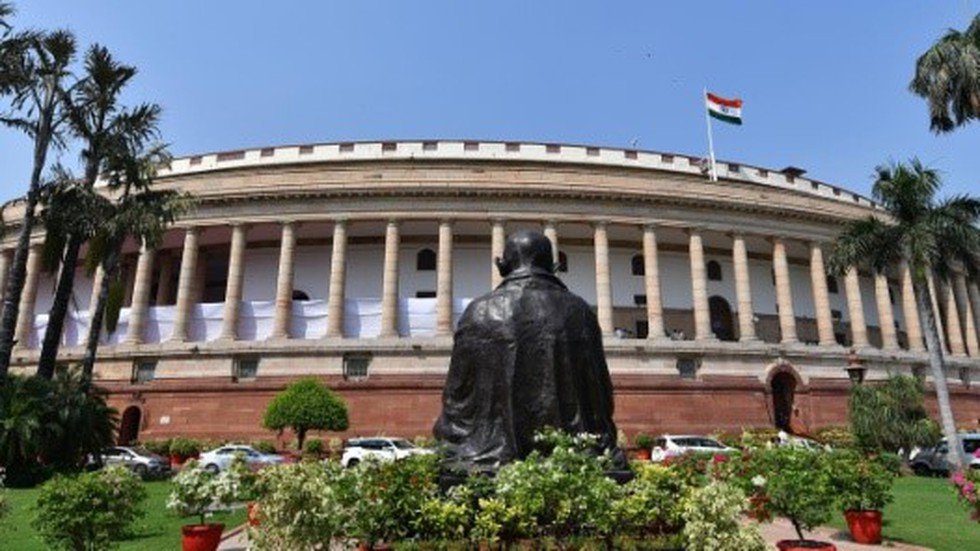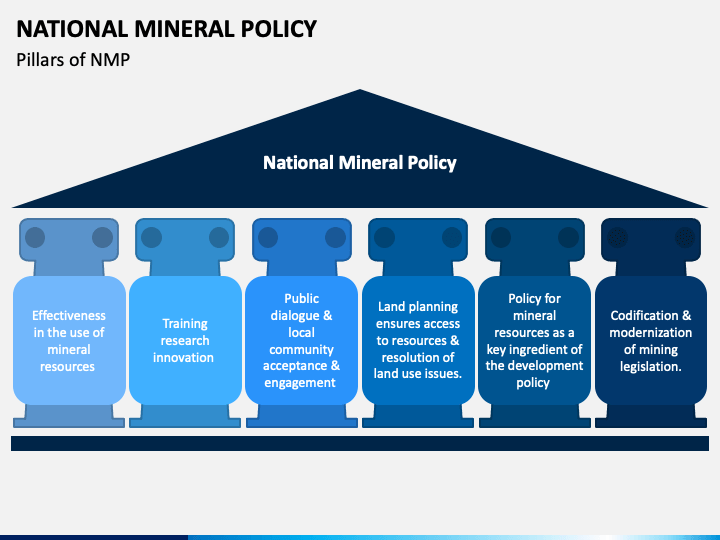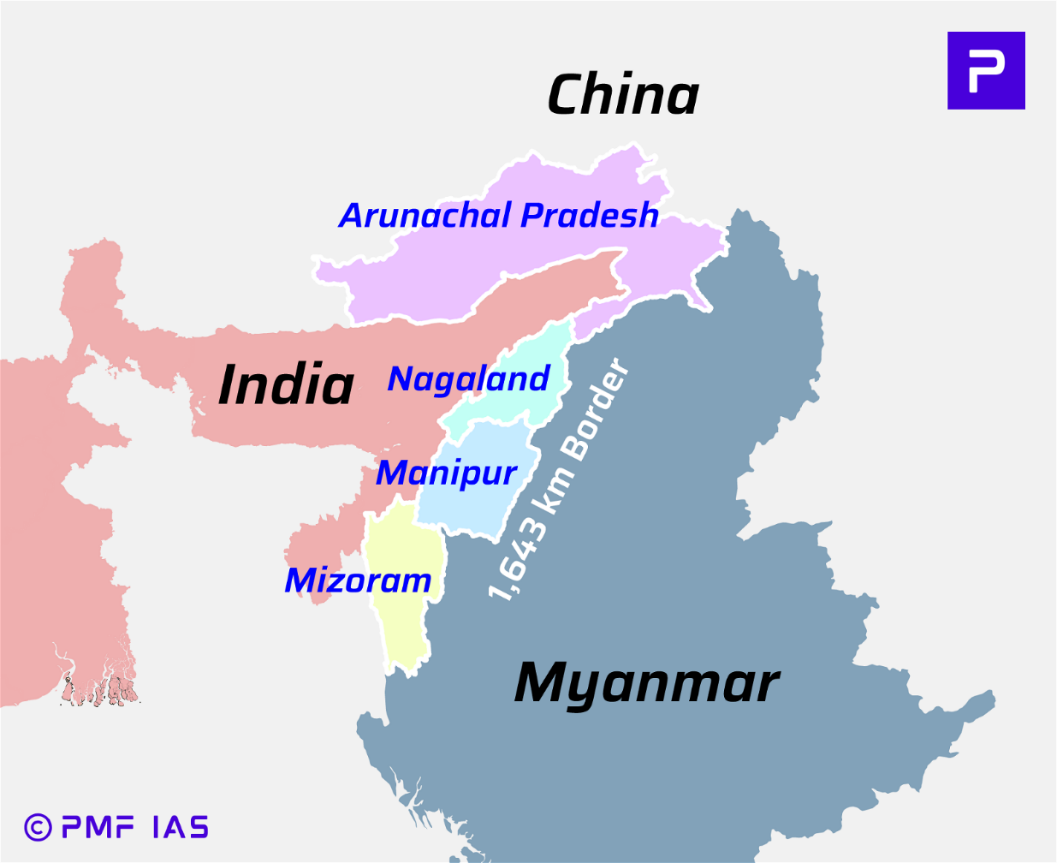
Nutrient Based Subsidy (NBS)
Subscribers of "Current Affairs" course can Download Daily Current Affairs in PDF/DOC
Subscribe to Never Miss an Important Update! Assured Discounts on New Products!
Must Join PMF IAS Telegram Channel & PMF IAS History Telegram Channel
- Context (PIB | TH | BS | DTE): GoI has approved Nutrient Based Subsidy (NBS) rates for Rabi Season 2023-24 on Phosphatic and Potassic (P&K) fertilisers.
- GoI has lowered subsidy under the nutrient-based regime for nitrogen, phosphorus, potassium, and sulphur for the Oct-Mar period compared to the Apr-Sept period.

- NBS scheme was launched on 2010 by the Department of Fertilisers, Ministry of Chemical and Fertilisers.
- Under the NBS scheme, farmers ae provided subsidised fertilizers based on their nutrient content, namely, Nitrogen (N), Phosphate (P), Potash (K), and Sulphur (S).
- Moreover, fertilizers fortified with secondary and micronutrients receive additional subsidy.
- Objectives of NBS scheme:
- To ensure nation’s food security
- To improve agricultural productivity
- To ensure the balanced application of fertilizers
- Ambit of NBS: It covers all phosphatic and potassic (P&K) fertilisers except urea.
Issues with NBS Scheme
Increase in Imbalanced Use of Fertilisers
- Urea is not included in the NBS; it remains under price control, and its MRP is officially fixed.
- While there is no price control for fertilisers under the NBS scheme, their prices have increased.
- All these have led the farmers to use more urea, worsening fertiliser imbalance.
Environmental and Economic Cost
- Fertilizer subsidy is the second-biggest subsidy after food subsidy.
- NBS-like schemes promote chemical fertilisers, damaging soil health and costing the economy.
Recommendations of CACP for the NBS Scheme
- Bring Urea under the NBS scheme: To address the imbalanced use of fertilisers.
- Capping the number of subsidised fertiliser bags per farmer: To reduce the GoI’s subsidy burden.
Commission for Agricultural Costs and Prices (CACP)
|
||||||||
Fertilisers of India
|




![PMF IAS Environment for UPSC 2022-23 [paperback] PMF IAS [Nov 30, 2021]…](https://pmfias.b-cdn.net/wp-content/uploads/2024/04/pmfiasenvironmentforupsc2022-23paperbackpmfiasnov302021.jpg)
